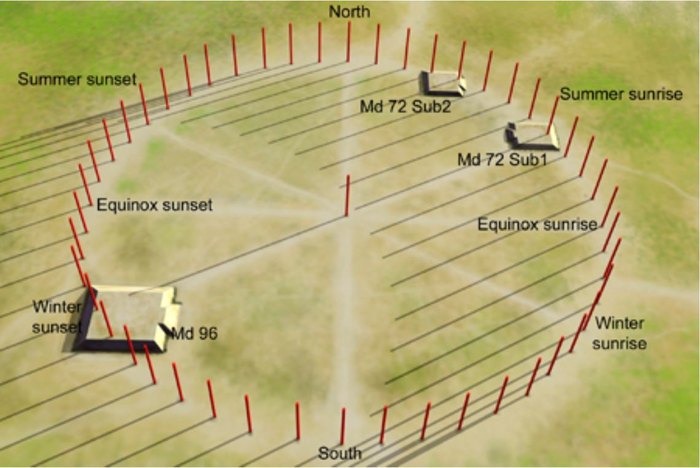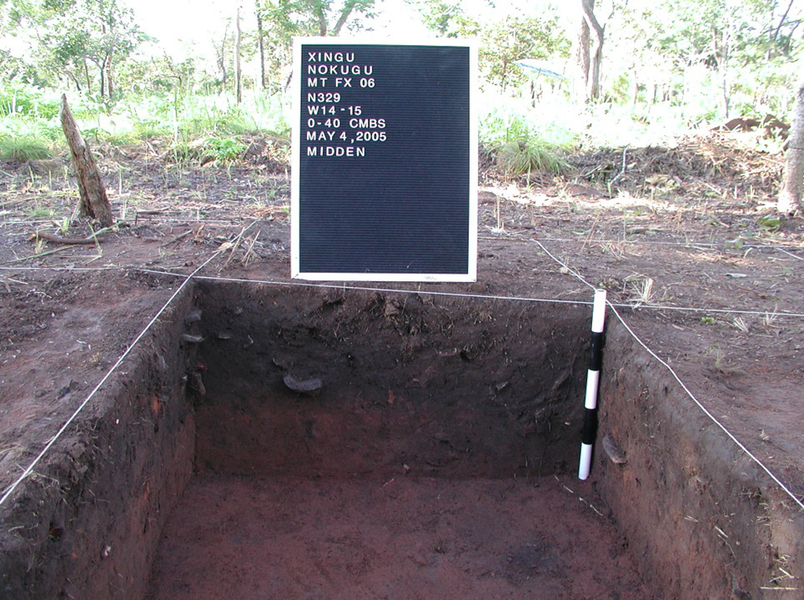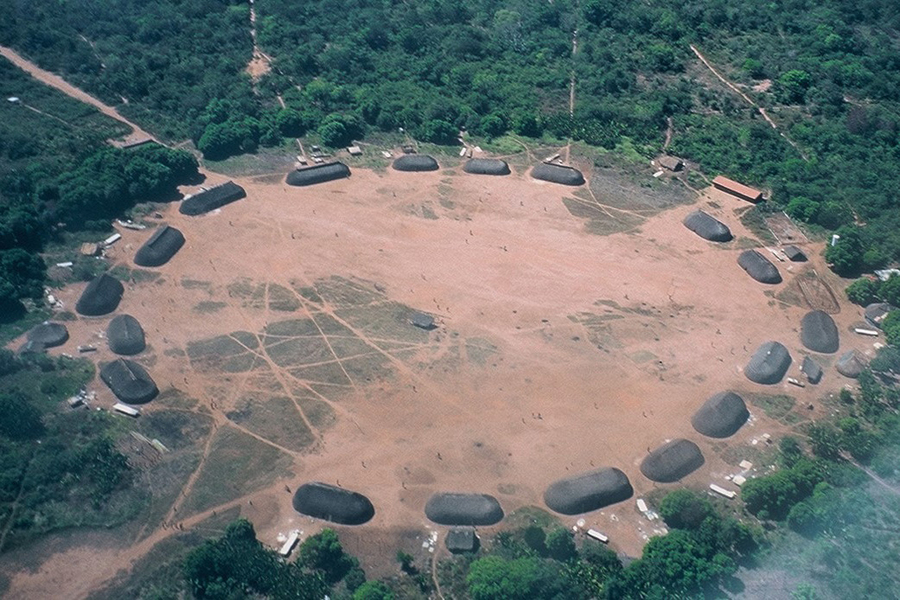Throughout history, the study and interpretation of celestial bodies and movements has played a pivotal role in shaping cultures around the world. By interpreting the heavens, these civilizations have made numerous discoveries that impact the lives of everyday citizens. The influences of astronomy is reflected through agricultural practices, religious beliefs, and the establishment of societal hierarchies
In Mesoamerica, particular attention was paid to the movements of the moon and Venus, both of which were important for agricultural practices. Venus, also known as the Evening Star, was predominant in Mesoamerican cultures as its movements signified the beginning and end of the rainy seasons (Sprajc, 2011). To normal citizens, knowledge of the cosmos and the ability to predict future occurrences in the region could be interpreted as divine providence; indeed, the ability to predict celestial events may have very well been used to legitimize the privileges given to religious figures and the social elite. In turn, religious figures were likened to men-gods, who performed rituals and sacrifices to ensure the cosmos was in balance (Šprajc, 2011).
The use of astronomy to create social hierarchy is not unique to Mesoamerica. The Mississippi River civilization of Cahokia shared similar astronomical discoveries and cultural expressions with Mesoamerican civilizations. In 1961, Warren Wittry discovered Woodhenge, akin to Stonhenge in Great Britain, that acted as an observatory and calendar (Pauketat, 2010). Large poles made of a sacred wood, red cedar, ringed a central pole made of the same material. The most important of these were the poles that marked the summer and winter solstice, and the pole that marked the equinox (Keller, Young, Kronk 2022). This allowed for farmers and religious leaders to more accurately determine the best time to undertake certain activities, including the planting of crops.

Aside from the practical applications of astronomy, the study of the heavens was also used to demonstrate status differences and religious beliefs. In Cahokia, there is a particular burial mound, designated as Mound 72, that is oriented to align with the solstices. Inside were the remains of two figures, one on top of the other, who were adorned with pelts and were buried alongside thousands of shell beads (Pauketat, 2010). The unique orientation of this mound, alongside evidence of numerous sacrifices in the area and the expensive goods in the mound, indicate that these two figures were of extreme importance.

The evidence of ritual killings in the presence of burial mounds, similar to other Mesoamerican cultures, alludes to these events being public displays of power. It is likely that, “with sacrifices, leaders could eliminate some rival claimants to office, impress the viewing public, and reaffirm the balance of the cosmos all at once” (Pauketat, 2010). Moreover, these public killings demonstrate how astronomy could influence and shape civilizations. Leaders of respective civilizations were able to utilize this valuable astronomical knowledge to establish a strict social hierarchy, and in the process, create religious justifications to reinforce their divine right to rule.
References:
Šprajc, Ivan. 2011. “Astronomy and Its Role in Ancient Mesoamerica: Proceedings of the International Astronomical Union.” Cambridge Core, Cambridge University Press. June 29, 2011. www.cambridge.org/core/journals/proceedings-of-the-international-astronomical-union/article/astronomy-and-its-role-in-ancient-mesoamerica/64F93FB7E5D1F38CCAC409DF373988A7#article.
Crozier, Elizabeth. 2018. “The Stonehenge of Illinois Is a Man Made Wonder Few Know About.” OnlyInYourState®. March 21, 2018. https://www.onlyinyourstate.com/illinois/woodhenge-il/.
Keller, Ken, Eric Young, Gary Kronk. 2022. “Woodhenge”. Cahokia Mounds State Historic Site and Cahokia Mounds Museum Society. https://cahokiamounds.org/explore/#tab-id-4.
Thompson, Andrew R, Kristin M Hedman, and Philip A Slater. 2015. “New Dental and Isotope Evidence of Biological Distance and Place of Origin for Mass Burial Groups at Cahokia’s Mound 72.” Wiley Online Library, July 14, 2015. https://onlinelibrary.wiley.com/doi/10.1002/ajpa.22791.
Pauketat, Timothy R. 2009. Cahokia: Ancient America’s Great City on the Mississippi. Penguin Books.
Other Readings:
Aldana, Gerardo. 2022. “Maya Calendar and Mesoamerican Astronomy.” Encyclopedia of the History of Science, February 10, 2022. https://ethos.lps.library.cmu.edu/article/id/520/.
Kropf, Evyn, Francesca Schironi, John Steele, Julia Falkovitch-Khain, and Pablo Alvarez. 2023. “Early Astronomy in the University of Michigan Collections.” Early Astronomy in the University of Michigan Collections | Home. https://early-astronomy.classics.lsa.umich.edu/index.php.



